South Carolina is an amazing place to discover the great outdoors. Many plants and animals adapted to unusual environments and conditions, and thrived.
Dolphins

For example, near the mouth of the Kiawah River, where it runs into the Atlantic Ocean by Captain Sam’s Spit on Kiawah Island, visitors can watch a fascinating behavior as pods of dolphins work together to create an all-you-can-eat seafood buffet.
There are less than four places on earth where the phenomenon of “strand-feeding” has been observed, and the pods of dolphins that live here in the river pass this extraordinary behavior from one generation to the next.
The dolphins work together to form a line in the river and then “herd” fish onto the banks; they launch themselves out of the water and onto the riverbank to feed, then squirm back into the river to try it again.
Kiawah Island Golf Resort provides motorboat, kayak and stand up paddle board dolphin excursions so that visitors – resort guests and non-guests alike – have an excellent chance of witnessing this unusual behavior. Though the dolphins live in the river year-round, strand feeding is something that typically occurs during warmer weather, spring through fall.
Purple Martins
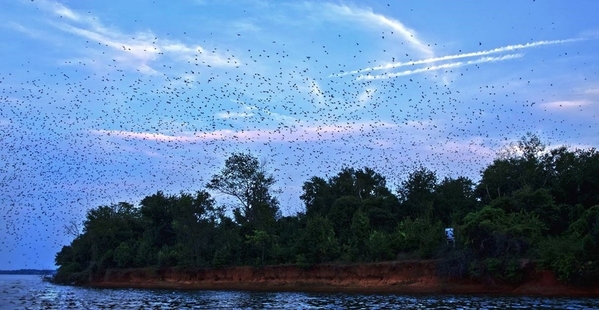
In the middle of Lake Murray, not too far from the city of Columbia, in the summer months the sky grows dark twice a day as hundreds of thousands of purple martins comes to roost on an island. The island functions as the largest purple martin sanctuary in North America.
Between 800,000 and 1 million purple martins arrive here each year and roost every evening in the summer from late June to early August. Public boat tours depart in the evenings so visitors can see the birds coming to roost between 8 and 9:15 p.m. Likewise, if early risers secure a vessel, they could see the morning take-off between 5:30 and 7 a.m.
During the day the birds fly over several miles to feed, but they return to the island every night. By September the birds have left for warmer weather in South America.
Red-Cockaded Woodpeckers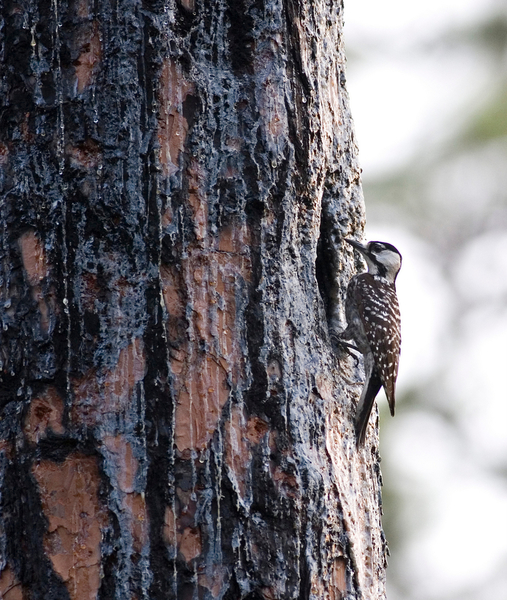 This endangered species of woodpecker is right at home in Cheraw State Park and Carolina Sandhills National Wildlife Refuge. There are only about 14,000 such birds in existence anywhere in the world, and Chesterfield County is home to a large population of the species.
This endangered species of woodpecker is right at home in Cheraw State Park and Carolina Sandhills National Wildlife Refuge. There are only about 14,000 such birds in existence anywhere in the world, and Chesterfield County is home to a large population of the species.
The small black-and-white birds – the males have a tiny red streak, called a “cockade,” on each side of their black caps – live in fire-dependent pine savannas and bore out cavities in older trees, where the wood is softer. Naturalists and park authorities conduct controlled burns to protect the birds’ habitats, but the rare woodpeckers are down to just 1 percent of their original population.
They live in South Carolina year-round but are always very hard to spot. Birdwatchers the world over visit sites like this to mark the species off their “life lists.”
Synchronous Fireflies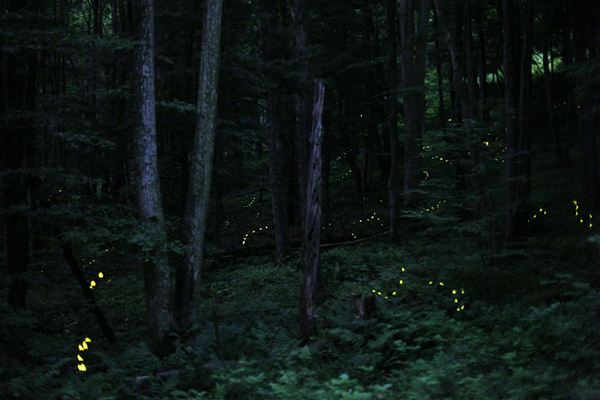
Image: Radim Schreiber; FireflyExperience.org/Wikimedia
As part of their annual mating ritual, the fireflies in South Carolina’s only national park, Congaree, synchronize themselves and blink in unison. This is an incredibly rare phenomenon, happening in only about a dozen places around the world.
There are about 2,000 species of firefly found in North America, but the species that makes its home in Congaree, Phontinus frontalis, blinks more rapidly than most other species, making the display here that much more fascinating.
The ritual takes place for two to three weeks in late May and early June each year. The visitor center will be open until 10 p.m. each night from May 10 through May 27. During this period, the park will operate a designated Fireflies Trail that offers access to prime viewing locations. The best time to see the fireflies is just after dark, generally between 9 and 10 p.m.
Rocky Shoals Spider Lilies
The world’s largest display of the threatened rocky shoals spider lily can be found in the Catawba River in Landsford Canal State Park. Exposed bedrock and an impressive elevation change have created a set of rapids – or shoals – on the river. The flowers root themselves onto the rocks as the river water rushes by.
Each lily blooms overnight and only lasts for a single day, but there are enough plants in the Catawba River that in the months of May and June it appears as if someone has tossed a lace blanket across the water.
The very best viewing is from a canoe or kayak, and visitors can bring their own vessel or participate in a tour offered by local outfitters. Visitors can also take a 1.5-mile round-trip hike along the Canal Trail to an overlook that affords a prime view of the lilies.
The bogs and coastal wetlands of the Carolinas are a perfect breeding ground for carnivorous plants like pitcher plants, honeydew and Venus flytrap. Moore Farms Botanical Garden near Lake City is home to a Bog Garden that features more than 2,500 plants, including those that have adapted to eating bugs in order to supplement the nutrients that are now lacking in their native habitats.
Pitcher plants attract moths, bees and beetles with their vibrant color; the insects crawl around the plant’s rim, lose their footing and ultimately fall into the “pitcher,” where they become trapped by the plant’s sticky digestive fluid.
To replicate the atmosphere of a typical bog, Moore Farms irrigates its bog garden with a special underground system that has led to the botanical garden being home to one of the largest carnivorous plant collections in the South. Because these meat-eating plants tend to go dormant during the winter months, the ideal time to see them in action is from May until the first frost.
For more information about these and many more adventures, check the website at www.discoversouthcarolina.com.
Dolphin photo: Town of Kiawah Island; Carnivorous plants, Moore Farms


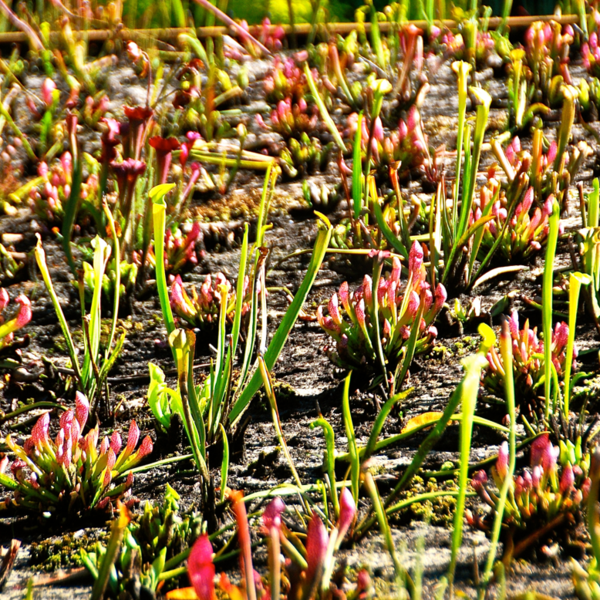


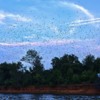
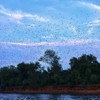

Comments (0)